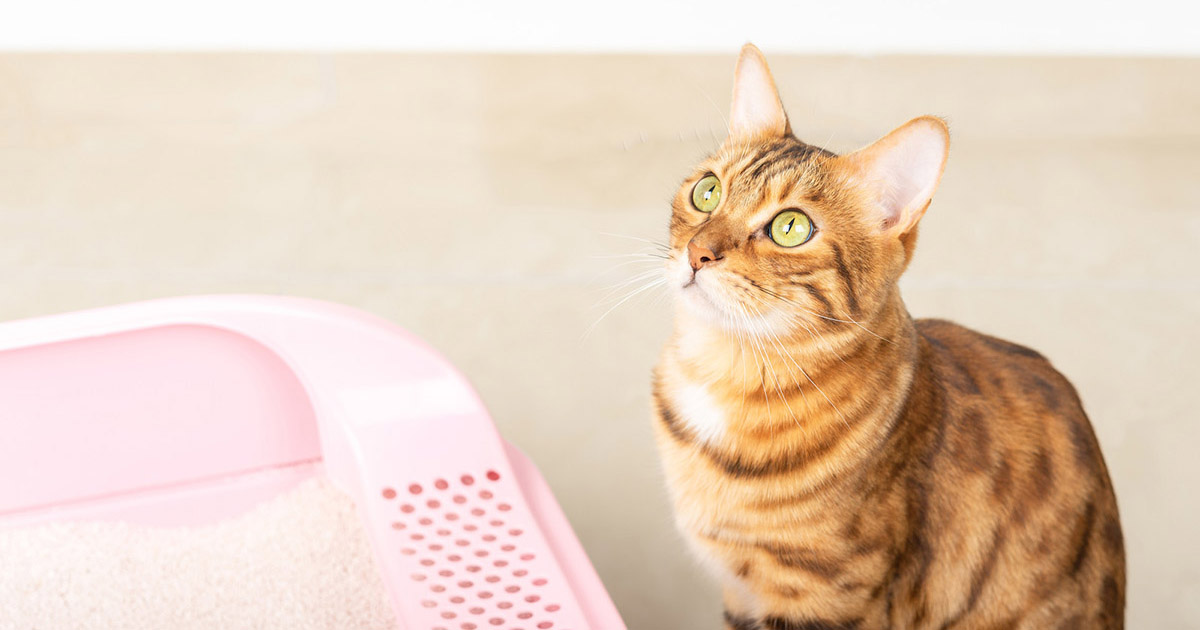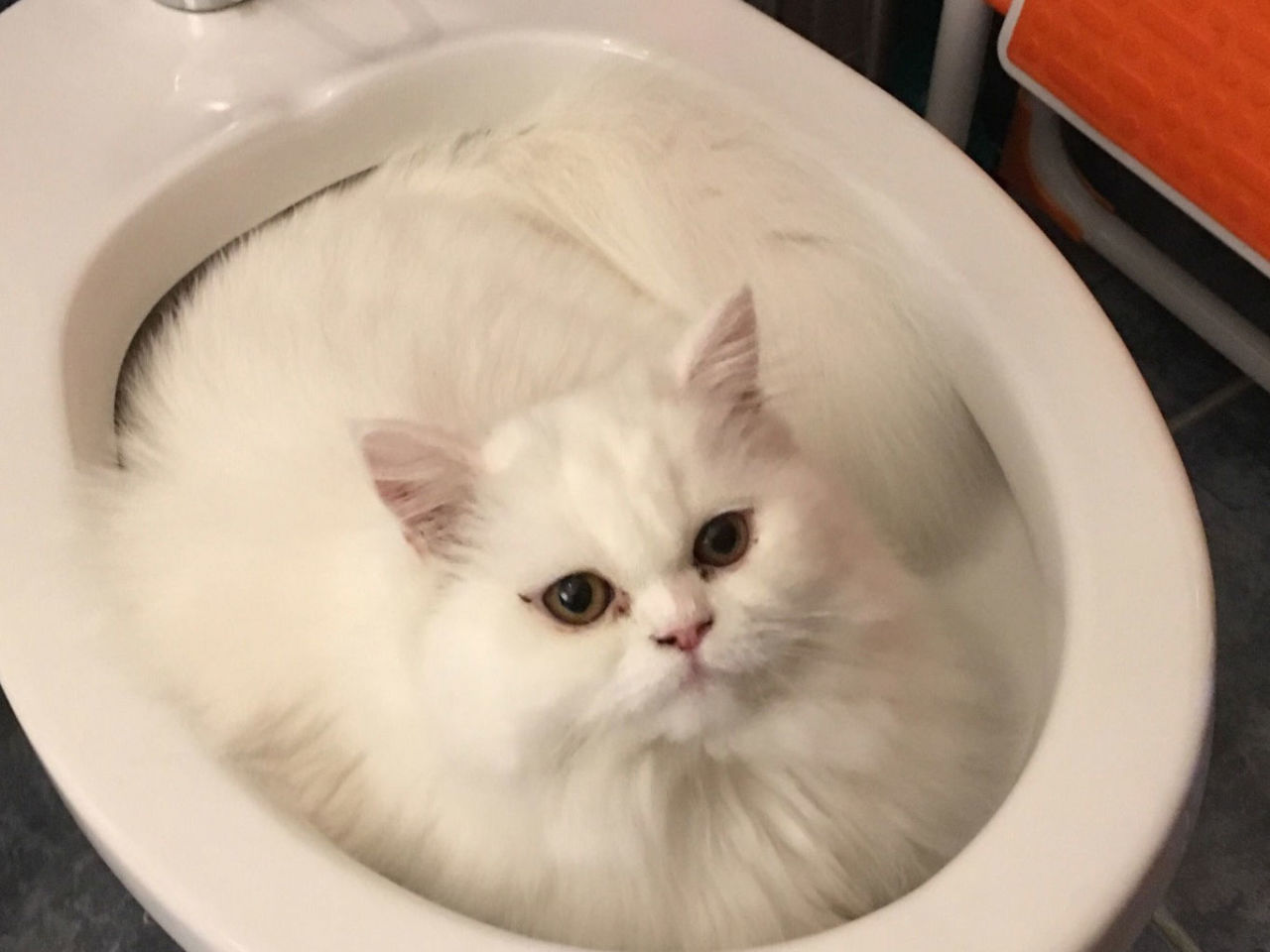The Risks of Flushing Animal Waste Down the Toilet
The Risks of Flushing Animal Waste Down the Toilet
Blog Article
Every person seems to have their own way of thinking on the subject of 4 Reasons Why Dog Poop Cleanup is Important.

When it comes to getting rid of waste, particularly animal waste, many people often turn to the practical alternative of flushing it down the bathroom. Nonetheless, this apparently very easy option can have significant consequences for the atmosphere and public health. In this article, we'll discover why flushing pet waste down the toilet is a negative idea and give alternative approaches for proper disposal.
Introduction
Appropriate waste disposal is essential for preserving ecological sustainability and public health. While it might appear safe to purge animal waste down the commode, it can result in different concerns, both for the setting and human wellness.
Risks of flushing pet waste
Environmental impact
Purging pet waste introduces harmful microorganisms and virus into rivers, which can adversely influence marine ecosystems. These virus can pollute water resources and injury marine life, disrupting delicate ecosystems.
Public health problems
Animal waste has dangerous germs such as E. coli and Salmonella, which can pose significant health dangers to people. Flushing pet waste down the toilet can contaminate water supplies, leading to the spread of conditions and infections.
Alternatives to flushing
Instead of flushing pet waste down the bathroom, there are several alternate disposal methods that are extra eco-friendly and sanitary.
Composting
Composting pet waste is an environmentally friendly means to dispose of it. By composting, organic matter is broken down into nutrient-rich dirt, which can be made use of to fertilize gardens and plants.
Landfill disposal
Taking care of animal waste in a land fill is an additional choice. While not as environmentally friendly as composting, it is a safer alternative to flushing, as it prevents the contamination of water sources.
Pet dog waste disposal systems
There are customized family pet garbage disposal systems available that safely and hygienically take care of pet waste. These systems often use enzymes to break down waste and remove odors.
Steps to correct animal garbage disposal
To ensure proper disposal of animal waste, adhere to these steps:
Scooping and nabbing waste
On a regular basis scoop and bag animal waste utilizing naturally degradable bags. This stops waste from infecting the setting.
Using assigned waste containers
Dispose of bagged pet waste in designated waste containers, such as compost containers or land fill bins. Prevent flushing it down the bathroom at all costs.
Cleaning litter boxes and family pet locations regularly
Regularly tidy can and animal areas to stop the build-up of waste and germs. Use pet-safe cleaning items to keep hygiene.
Benefits of proper disposal techniques
Embracing appropriate disposal techniques for animal waste provides several advantages:
Reduced environmental pollution
Appropriate disposal methods decrease the risk of environmental pollution, protecting rivers and ecosystems from contamination
Lessened threat of water contamination.
By staying clear of flushing animal waste down the bathroom, the risk of water contamination is substantially lowered, protecting public health.
Enhanced hygiene and health
Appropriate disposal approaches advertise much better hygiene and health, producing a much safer atmosphere for both humans and pets.
Verdict
Finally, purging pet waste down the commode is harmful to the atmosphere and public health. By adopting alternative disposal approaches and adhering to correct waste management practices, we can reduce the unfavorable influence of pet waste and add to a cleaner, healthier earth.
Why You Should Never Flush Cat Poop Down the Toilet
A rose by any other name might smell as sweet, but not all poop is created equal. Toilets, and our sewage systems, are designed for human excrement, not animal waste. It might seem like it couldn’t hurt to toss cat feces into the loo, but it’s not a good idea to flush cat poop in the toilet.
First and foremost, assuming your cat uses a litter box, any waste is going to have litter on it. And even the smallest amount of litter can wreak havoc on plumbing.
Over time, small amounts build up, filling up your septic system. Most litter sold today is clumping; it is made from a type of clay that hardens when it gets wet. Ever tried to scrape old clumps from the bottom of a litter box? You know just how cement-hard it can get!
Now imagine just a small clump of that stuck in your pipes. A simple de-clogger like Drano isn’t going to cut it. And that means it’s going to cost you big time to fix it.
For an amusing, graphic tale of what happens when you flush too much litter down the toilet all at once, take a few minutes to read Gene Weingarten’s 2017 Washington Post column “So that’s what happens when you flush cat litter down the toilet.”
Parasitic Contamination
Believe it or not, your healthy kitty may be harboring a nasty parasite. Only cats excrete Toxoplasma in their feces. Yet it rarely causes serious health issues in the cats that are infected. Most people will be fine too if infected. Only pregnant women and people with compromised immune systems are at risk. (If you’ve ever heard how women who are expecting are excused from litter cleaning duty, Toxoplasma is why.)
But other animals may have a problem if infected with the parasite. And human water treatment systems aren’t designed to handle it. As a result, the systems don’t remove the parasite before discharging wastewater into local waterways. Fish, shellfish, and other marine life — otters in particular — are susceptible to toxoplasma. If exposed, most will end up with brain damage and many will die.
Depending on the species of fish, they may end up on someone’s fish hook and, ultimately on someone’s dinner plate. If that someone has a chronic illness, they’re at risk.
Skip the Toilet Training
We know there are folks out there who like to toilet train their cats. And we give them props, it takes a lot of work. But thanks to the toxoplasma, it’s not a good idea.
Leave the toilet to the humans, and accept your future litter cleaning duty.

Regularly tidy can and animal areas to stop the build-up of waste and germs. Use pet-safe cleaning items to keep hygiene.
Benefits of proper disposal techniques
Embracing appropriate disposal techniques for animal waste provides several advantages:
Reduced environmental pollution
Appropriate disposal methods decrease the risk of environmental pollution, protecting rivers and ecosystems from contamination
Lessened threat of water contamination.
By staying clear of flushing animal waste down the bathroom, the risk of water contamination is substantially lowered, protecting public health.
Enhanced hygiene and health
Appropriate disposal approaches advertise much better hygiene and health, producing a much safer atmosphere for both humans and pets.
Verdict
Finally, purging pet waste down the commode is harmful to the atmosphere and public health. By adopting alternative disposal approaches and adhering to correct waste management practices, we can reduce the unfavorable influence of pet waste and add to a cleaner, healthier earth.
Why You Should Never Flush Cat Poop Down the Toilet
A rose by any other name might smell as sweet, but not all poop is created equal. Toilets, and our sewage systems, are designed for human excrement, not animal waste. It might seem like it couldn’t hurt to toss cat feces into the loo, but it’s not a good idea to flush cat poop in the toilet.
First and foremost, assuming your cat uses a litter box, any waste is going to have litter on it. And even the smallest amount of litter can wreak havoc on plumbing.
Over time, small amounts build up, filling up your septic system. Most litter sold today is clumping; it is made from a type of clay that hardens when it gets wet. Ever tried to scrape old clumps from the bottom of a litter box? You know just how cement-hard it can get!
Now imagine just a small clump of that stuck in your pipes. A simple de-clogger like Drano isn’t going to cut it. And that means it’s going to cost you big time to fix it.
For an amusing, graphic tale of what happens when you flush too much litter down the toilet all at once, take a few minutes to read Gene Weingarten’s 2017 Washington Post column “So that’s what happens when you flush cat litter down the toilet.”
Parasitic Contamination
Believe it or not, your healthy kitty may be harboring a nasty parasite. Only cats excrete Toxoplasma in their feces. Yet it rarely causes serious health issues in the cats that are infected. Most people will be fine too if infected. Only pregnant women and people with compromised immune systems are at risk. (If you’ve ever heard how women who are expecting are excused from litter cleaning duty, Toxoplasma is why.)
But other animals may have a problem if infected with the parasite. And human water treatment systems aren’t designed to handle it. As a result, the systems don’t remove the parasite before discharging wastewater into local waterways. Fish, shellfish, and other marine life — otters in particular — are susceptible to toxoplasma. If exposed, most will end up with brain damage and many will die.
Depending on the species of fish, they may end up on someone’s fish hook and, ultimately on someone’s dinner plate. If that someone has a chronic illness, they’re at risk.
Skip the Toilet Training
We know there are folks out there who like to toilet train their cats. And we give them props, it takes a lot of work. But thanks to the toxoplasma, it’s not a good idea.
Leave the toilet to the humans, and accept your future litter cleaning duty.

Do you like reading up on Why you should never flush dog poop down the toilet? Give a comment directly below. We'd be pleased to know your responses about this post. We are looking forward to see you back again later on. Sharing is nice. Helping others is fun. Many thanks for being here. Return soon.
Book Today Report this page